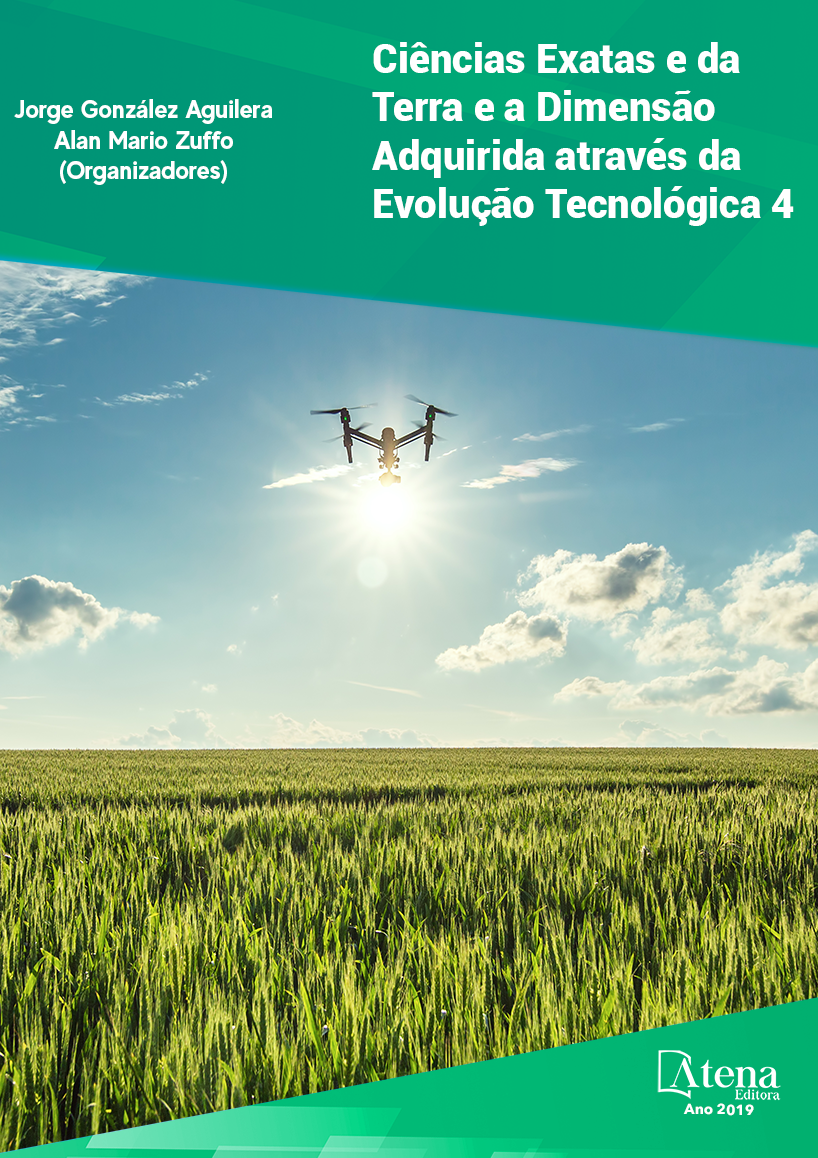
MONITORAMENTO DE IMPACTOS AMBIENTAIS PÓS-IMPLANTAÇÃO DE ESTAÇÕES DE TRATAMENTO DE ESGOTOS SANITÁRIOS E AÇÕES CORRELATAS DO ÓRGÃO AMBIENTAL FISCALIZADOR
As ETEs podem gerar impactos
ambientais negativos significativos e por
isso devem ser submetidas ao licenciamento
ambiental com Avaliação de Impacto Ambiental
- AIA, da qual uma etapa fundamental é
o monitoramento pós-implantação dos
empreendimentos. Entretanto, pesquisas
tem demonstrado que essa etapa tem sido
negligenciada e os estudos de impacto ambiental
considerados como entraves burocráticos, com
importância somente até a obtenção da Licença
de Operação - LO, sendo de fundamental
importância as ações dos empreendedores e
dos órgãos ambientais fiscalizadores quanto ao
monitoramento de impactos ambientais. Assim,
o objetivo deste trabalho é abordar aspectos
do monitoramento ambiental pós-implantação
de uma ETE do estado de São Paulo, com
base em seu estudo de impacto ambiental,
o Relatório Ambiental Preliminar-RAP, bem
como as ações correlatas do órgão ambiental
fiscalizador, a Companhia Ambiental do Estado
de São Paulo - CETESB. Como metodologia,
foram realizados levantamento bibliográfico,
documental e fotográfico; uma visita técnica
à ETE; e entrevistas com os gerentes da
ETE e da agência regional da CETESB.
Entre os resultados obtidos, destacam-se:
o desconhecimento do RAP pela equipe da
estação; a ausência de monitoramento de
impactos ambientais com base no RAP; a
apresentação à CETESB somente de dados
do tratamento dos esgotos e de qualidade das
águas do corpo receptor; e a constatação de
impactos ambientais não previstos no RAP.
Considera-se que os resultados obtidos podem
subsidiar a utilização e aprimoramento de
estudos de impacto ambiental e contribuir para
ações mais efetivas de agências ambientais
quanto ao monitoramento pós-implantação de
ETEs.
MONITORAMENTO DE IMPACTOS AMBIENTAIS PÓS-IMPLANTAÇÃO DE ESTAÇÕES DE TRATAMENTO DE ESGOTOS SANITÁRIOS E AÇÕES CORRELATAS DO ÓRGÃO AMBIENTAL FISCALIZADOR
-
DOI: 10.22533/at.ed.7571911077
-
Palavras-chave: AIA. Monitoramento Ambiental. Impactos ambientais. Estações de Tratamento de Esgotos Sanitários. Órgão ambiental fiscalizador.
-
Keywords: EIA. Environmental monitoring. Environmental impacts. Wastewater Treatment Plants. Environmental agency
-
Abstract:
Wastewater Treatment Plants
- WWTPs can generate significant negative
environmental impacts and must be submitted
to Environmental Licensing process with
Environmental Impact Assessment - EIA, of
which a fundamental step is the post-project
monitoring. However, have identified that this
stage has been neglected and the environmental
impact studies have been considered as
bureaucratic obstacles, whose importance ends in the granting of the Operation License - OL, being of fundamental importance the
actions of the entrepreneurs and environmental agencies, regarding the monitoring
of environmental impacts. Thus, the objective of this paper is to address aspects of
environmental post-project monitoring of a WWTP in São Paulo state, based on its
environmental impact study, the Preliminary Environmental Report - PER, as well
as the actions of the environmental agency, the of São Paulo State Environmental
Company-CETESB. As a methodology, a bibliographic and documentary survey was
carried out and a technical visit was made to the WWTP, as well as getting photographic
material, and interviews were also held with the WWTP and environmental agency
managers. Among the results obtained, the most noteworthy are: the lack of knowledge
of the WWTP PER the station’s staff; the absence of post-project monitoring based on
PER; the presentation to CETESB of only data on the wastewater treatment and on
the quality of the river; and the verification of environmental impacts not foreseen in
the PER. It is considered that the results can subsidize the use and improvement of
environmental impact studies and contribute to more effective actions of environmental
agencies regarding the post- project monitoring of WWTPs.
-
Número de páginas: 15
- Poliana Arruda Fajardo


